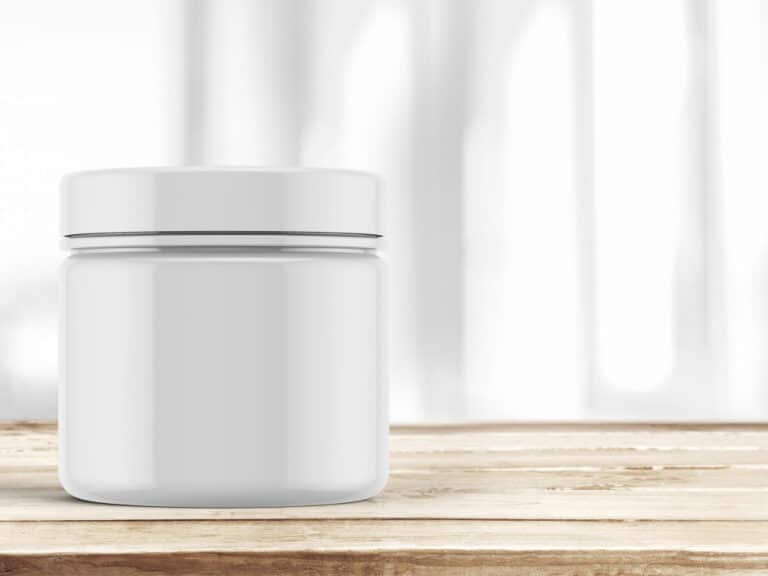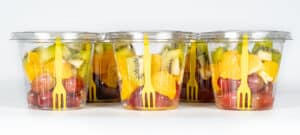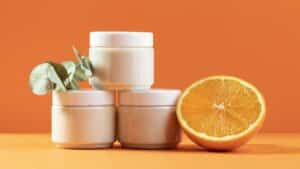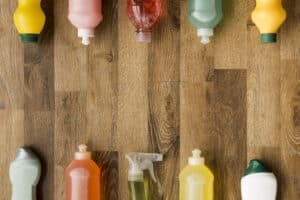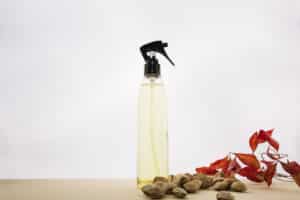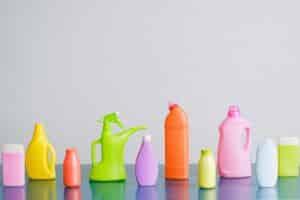When packaging your products, choosing suitable containers is crucial. PET plastic jars are popular for businesses across various industries due to their durability, versatility, and visual appeal. Whether you’re in the personal care, food, and beverage, or nutraceutical industry, PET plastic jars offer a range of benefits that can enhance your brand and attract customers. In this buyer’s guide, we will explore the key factors to consider when choosing PET plastic jars for your business.
Why choose PET plastic jars?
Before diving into the details, let’s understand why PET plastic jars are a preferred choice for many businesses. Here are some reasons to consider:
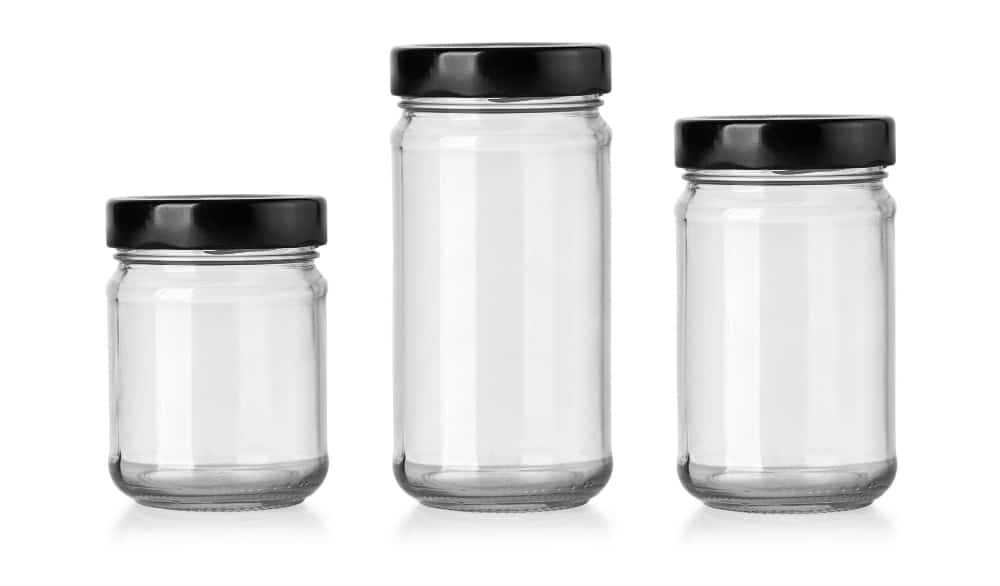
- Versatility: PET plastic jars are available in various shapes and sizes, making them suitable for different types of products. Whether you need a small jar for cosmetics or a larger one for food products, PET plastic jars can meet your requirements.
- Durability: PET plastic is known for its strength and resistance to impact, making it ideal for packaging delicate and fragile items. These jars can withstand transportation and handling without the risk of breakage.
- Clarity: PET plastic has excellent clarity, allowing customers to see the product inside. This transparency enhances the visual appeal of your products and helps customers make informed purchasing decisions.
- Lightweight: PET plastic jars are lightweight, reducing shipping costs and making them more convenient for customers to use and carry.
- Recyclability: PET plastic is recyclable, making it an environmentally friendly option for businesses conscious of their carbon footprint.
Now that we understand the advantages of PET plastic jars, let’s move on to the factors to consider when purchasing.
7 Factors to consider when buying PET plastic jars
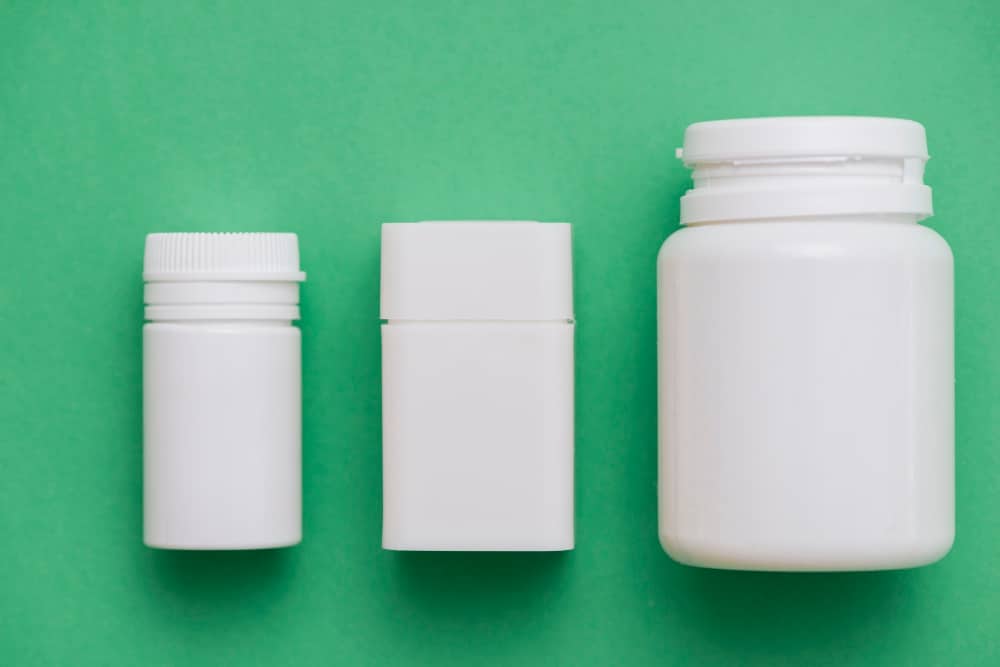
1. Product compatibility
It is crucial to ensure that the PET plastic jars you choose are compatible with the specific product you are packaging. Some products may react with certain plastics, affecting the quality or safety of the product. Consider factors such as acidity, oil content, and temperature requirements of your product when selecting PET plastic jars.
2. Size and shape
Determine the appropriate size and shape of the PET plastic jar based on your product’s quantity and packaging needs. Consider the ease of use and storage for your customers as well. A wide-mouth jar may be more suitable for products that require easy access or pouring, while a narrow-neck jar may provide better control for dispensing.
3. Closure options
The closure or lid of the PET plastic jar is vital for maintaining product freshness and preventing leakage. Choose a closure option that complements the design and functionality of the jar. Consider factors such as child-resistant closures for certain products, tamper-evident features for safety, and ease of opening and closing for consumer convenience.
4. Labeling and branding
Determine the labeling and branding requirements for your product. PET plastic jars offer a smooth and consistent surface for labeling, allowing for clear and attractive branding. Consider the space available for labeling and any design elements you want to incorporate into the jar to enhance your brand visibility and product appeal.
5. Quality and safety
Ensure that the PET plastic jars you choose meet high-quality and safety standards. Look for jars made from food-grade PET plastic, which is safe for storing food, beverages, and other consumer products. Additionally, consider any specific certifications or regulations your industry or target market requires.
6. Packaging quantity
Determine the quantity of PET plastic jars you need based on your production volume and distribution channels. Consider whether wholesale purchasing would benefit your business, as it can often provide cost advantages and ensure a consistent supply of jars.
7. Budget
Set a budget for your packaging expenses and compare prices from different suppliers. Consider the quality, quantity, and additional features the PET plastic jars provide to determine the best value for your investment.
Conclusion
In conclusion, selecting the right PET plastic jars for your business requires careful consideration of product compatibility, size and shape, closure options, labeling and branding, quality and safety, packaging quantity, and budget. Choosing the appropriate plastic jars can enhance your brand image, protect your products, and meet your customers’ needs.
FAQs
1. How recyclable is PET?
PET, or polyethylene terephthalate, is a highly recyclable material. It is a type of plastic commonly used for beverage bottles, food packaging, and other consumer goods. The recycling process for PET involves collecting, sorting, cleaning, and then melting the plastic to produce new products. The recycling of PET has been well-established and widely implemented, contributing to the circular economy by reducing the need for virgin plastic production and minimizing environmental impact.
Many recycling facilities worldwide accept PET, and the material is in demand for producing various recycled products, including new PET containers, fibers for textiles, and more. Recycling PET helps conserve resources, reduce waste, and lower the carbon footprint associated with plastic production.
2. Is PET plastic safe?
PET is generally considered safe for use in food and beverage packaging. It is a widely used and approved material by regulatory agencies such as the U.S. Food and Drug Administration (FDA) and the European Food Safety Authority (EFSA). PET is chosen for its transparency, lightweight nature, and strong barrier properties against moisture and gases, making it suitable for bottling beverages, food packaging, and other consumer products.
3. How long can I use PET plastic?
The lifespan of PET plastic items can vary depending on factors such as the specific product, storage conditions, and usage patterns. PET is commonly used for single-use items like beverage bottles and food packaging. For these applications, the recommended use is typically for a single cycle, and reusing such items for an extended period is not advised.
4. How do you sterilize PET jars?
Due to their lower melting point, PET jars cannot withstand high-temperature sterilization methods like autoclaving. However, you can sterilize PET jars effectively using alternative methods:
- Chemical sterilization: Immerse the PET jars using sterilizing chemicals, such as a dilute bleach solution. Follow the recommended concentration and contact time specified for effective sterilization. Ensure thorough rinsing with sterile water afterward.
- Steam sterilization: Use a steam sterilizer designed for plastics, ensuring it operates within the suitable temperature range for PET. Follow manufacturer guidelines to prevent damage to the jars.
Always check the specific recommendations and limitations provided by the manufacturer of the PET jars to ensure the sterilization method chosen is compatible with the material and won’t compromise the integrity of the jars.

